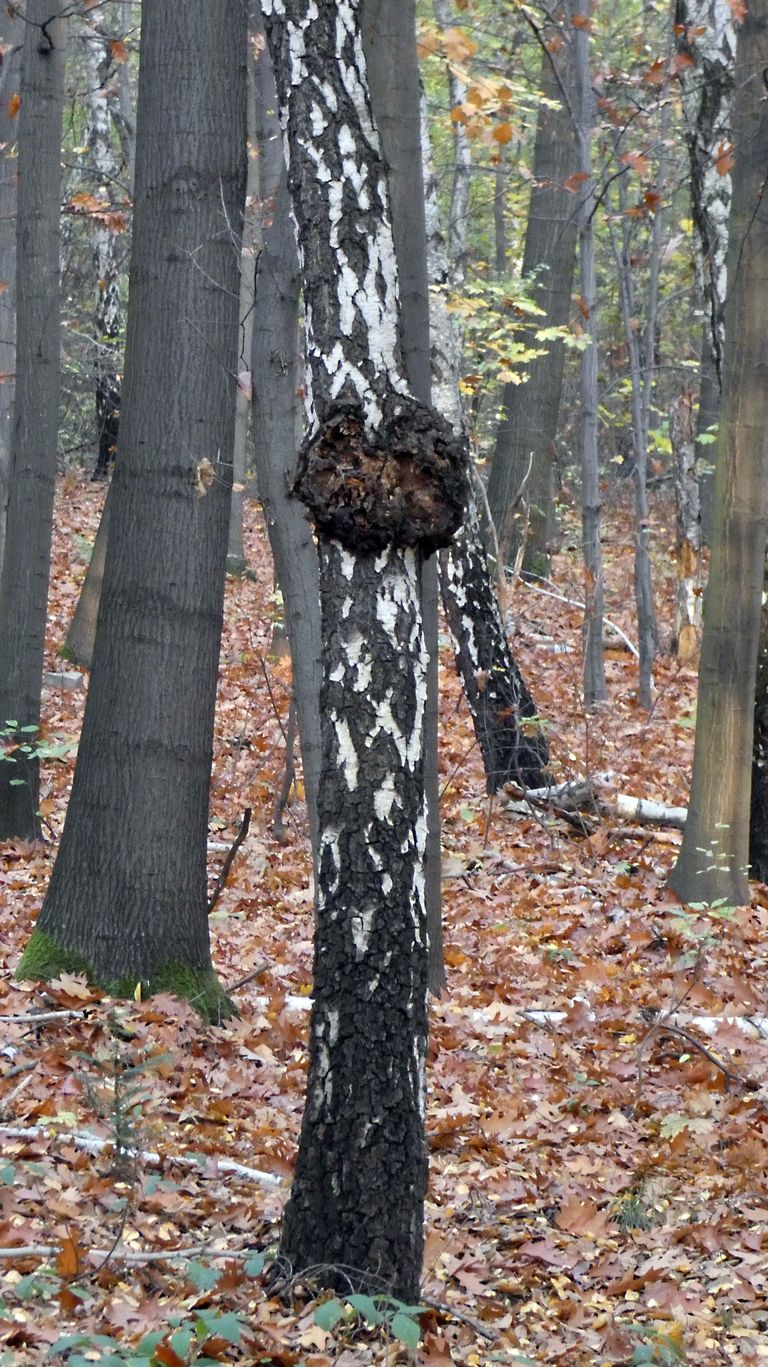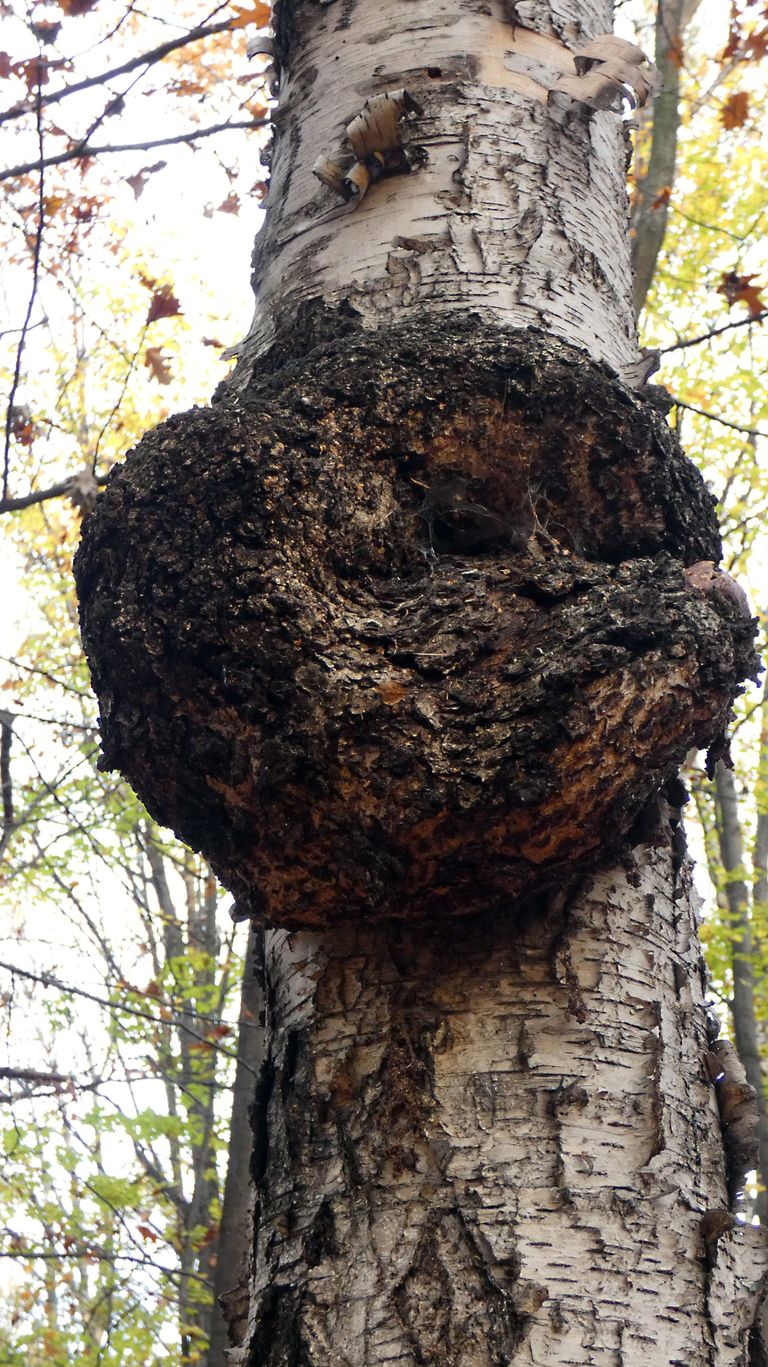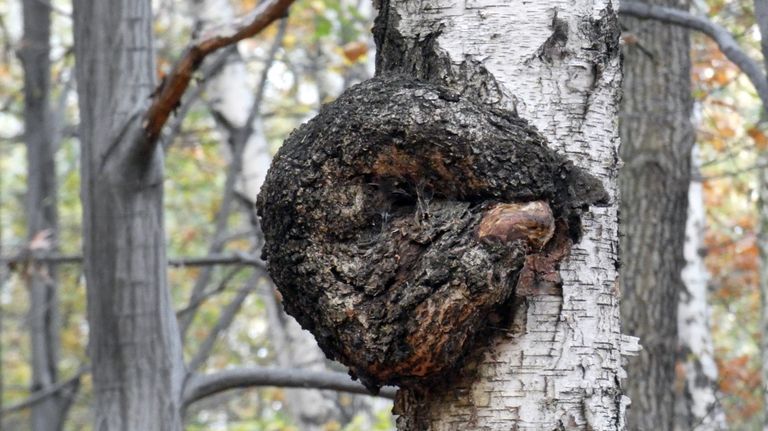
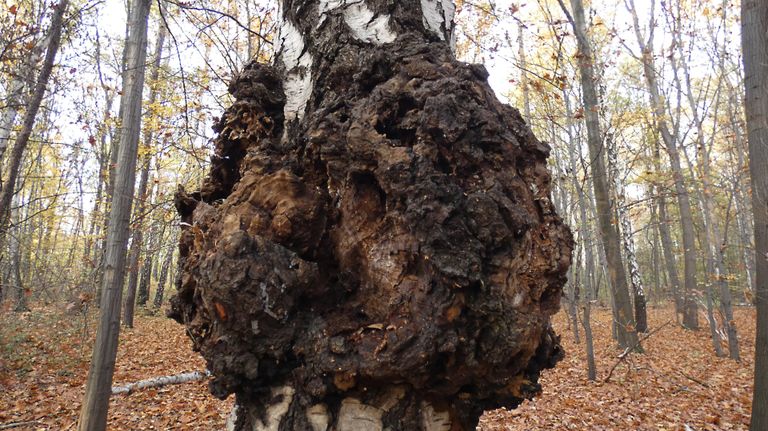
(Inonotus Obliquus) The Chaga, or the popular name Czaga, is a fungus from the spider family. It is a parasite of mostly deciduous trees, and its favorite type of tree is birch. The fungus is thin and flat and attacks the tree from the inside. It is rusty-brown, rusty-reddish brown, brown in color. There is a perversity in the life of this fungus, because it attacks a weakened or injured part of a tree, causing its disease as a consequence, and it is said that Chaga is a tumor of the tree. But as it turned out, this tree tumor has anti-cancer properties in the treatment of human ailments.
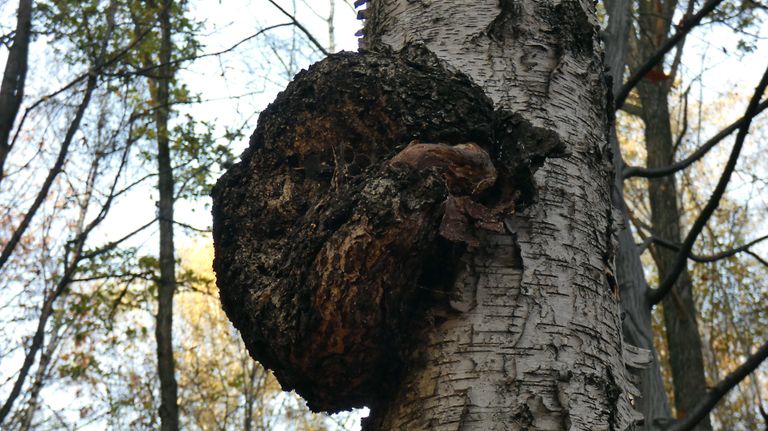
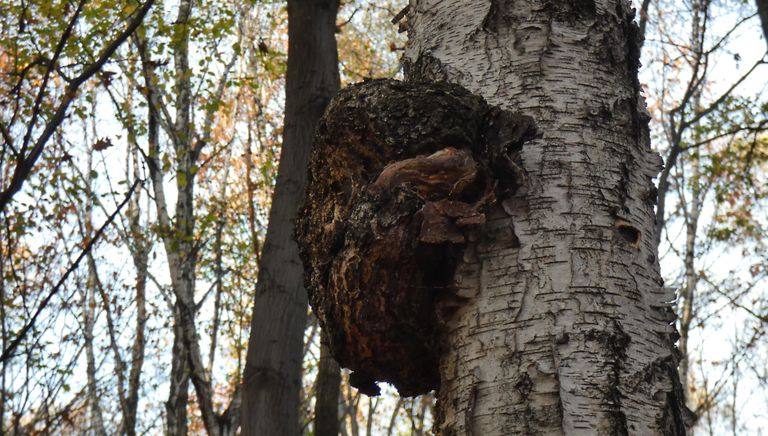
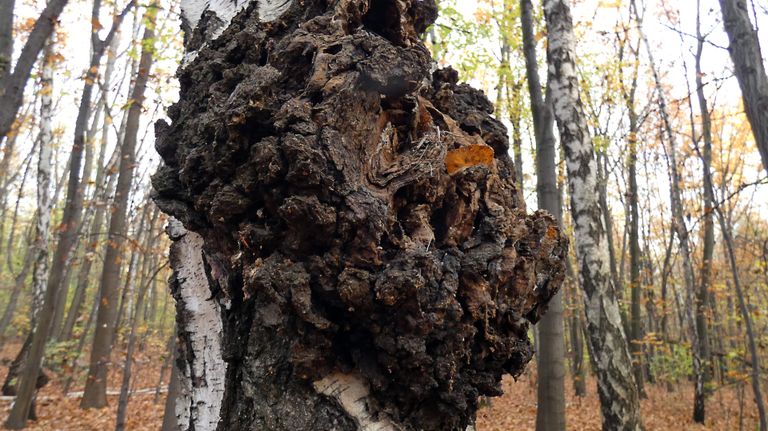
The fungus forms a large, lumpy, cracked, papillary growth. It has a variety of oval, round, irregularly curled and twisted shapes, taking various shapes, including oval, elliptical, semi-cylindrical and irregular. The surface of the fungus is strongly cracked, hard and cleavable. Up close, it looks like a fire, because it looks like pieces of charred wood in dark brown and black. The structure also often looks like charcoal from the fire.
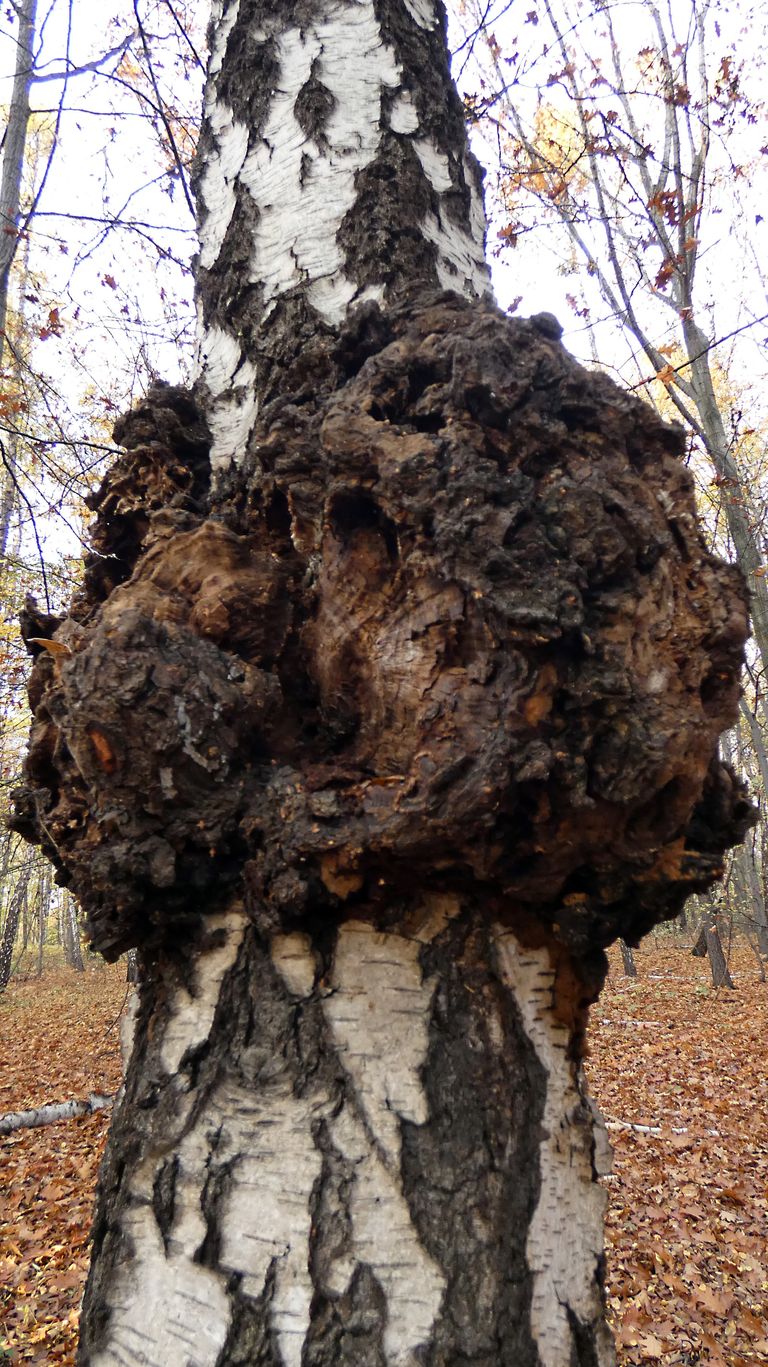
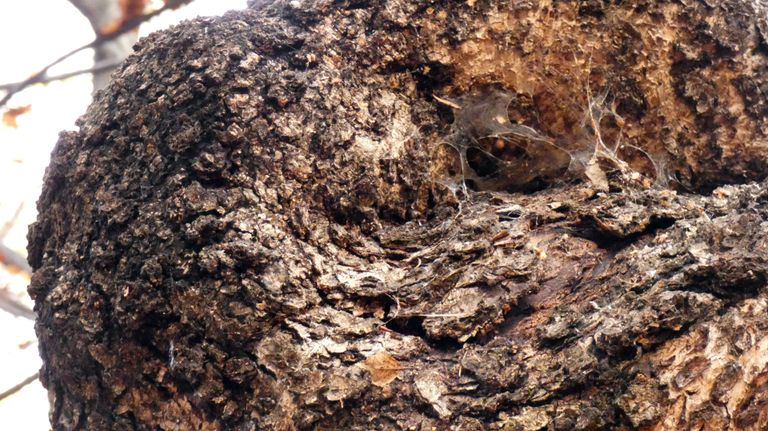
Very often, people confuse the Czaga birch fungus with an ordinary burl (wood defect) with growths, swelling of the trunk. They cut pieces, grind and drink tea from the bark and birch tree - maybe a placebo helps too, I don't know.
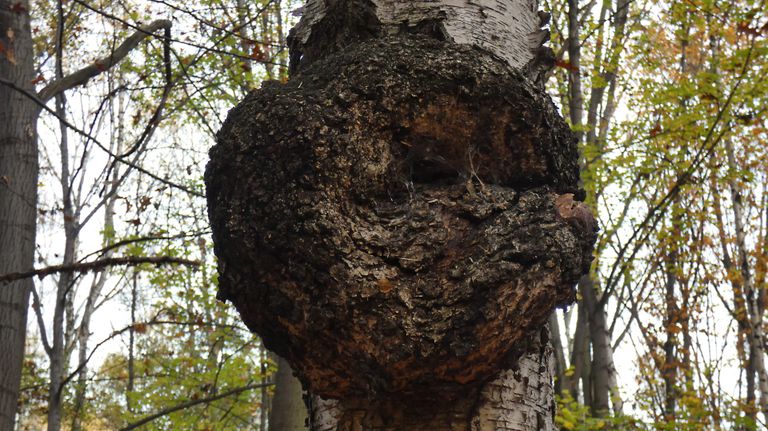
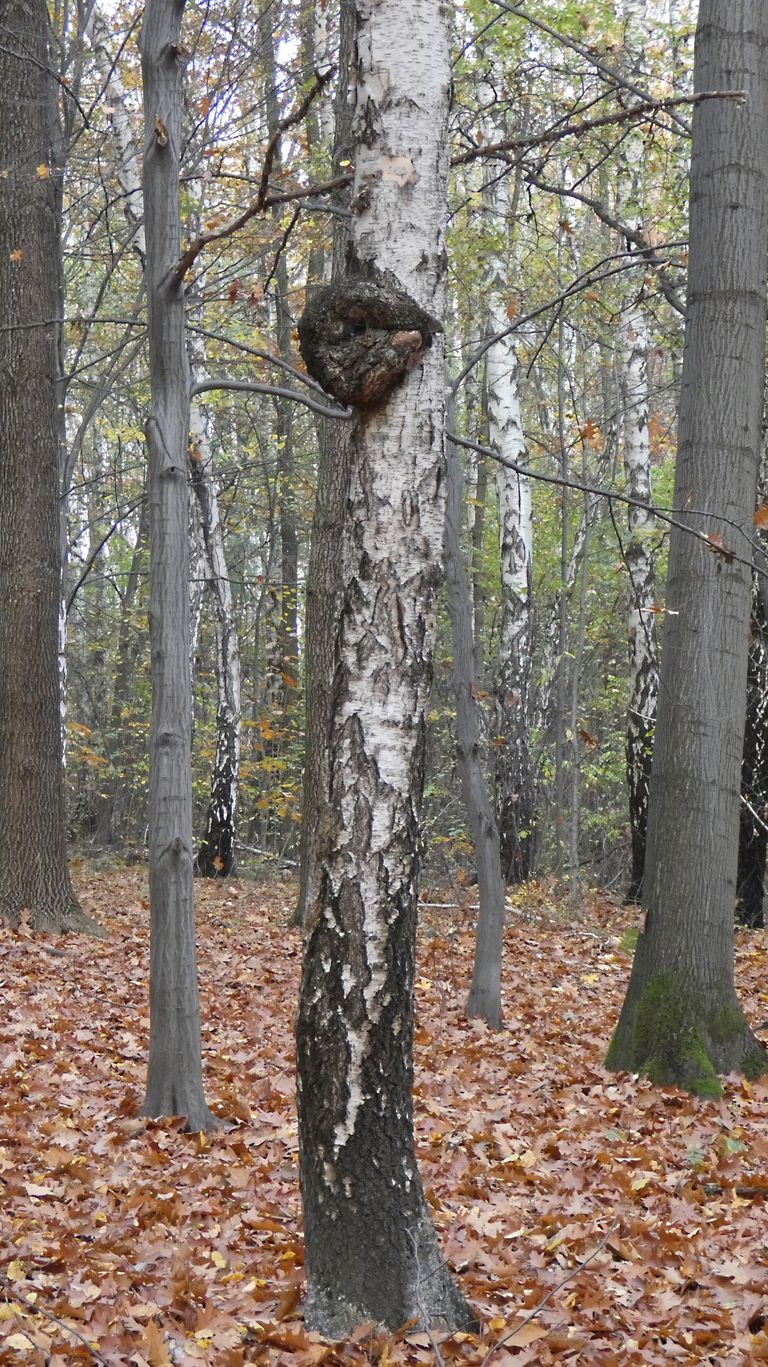
Czaga is believed to have many health benefits. among others: anticancer, antibacterial, antiviral, cleansing, strengthening. Stabilizing the work of the immune system. In addition, it lowers blood pressure and regulates sugar levels. And good news for connoisseurs of fatty food and strong drinks - It protects and detoxifies the liver. Birch Hub is also a very powerful antioxidant and has many nutrients.
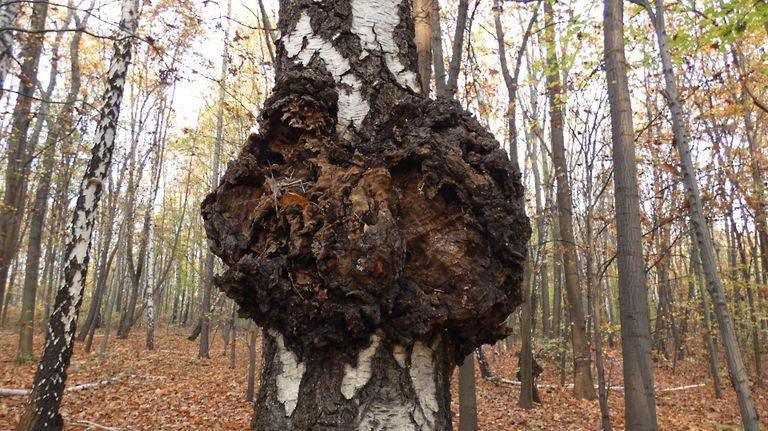
In Poland, the fungus is not very common, most often seen on birch trees, and also rarely on other deciduous trees. Preparations from Czaga, mainly in powdered form, for making teas and infusions are widely available on the European market.
